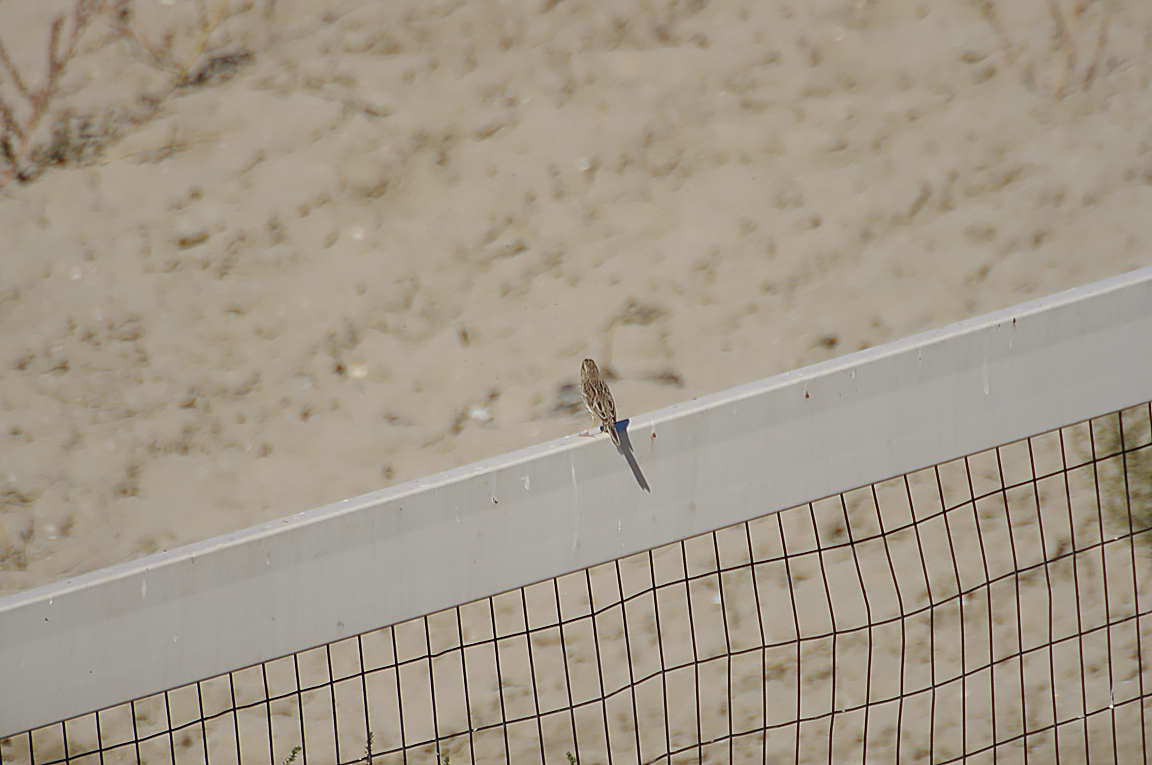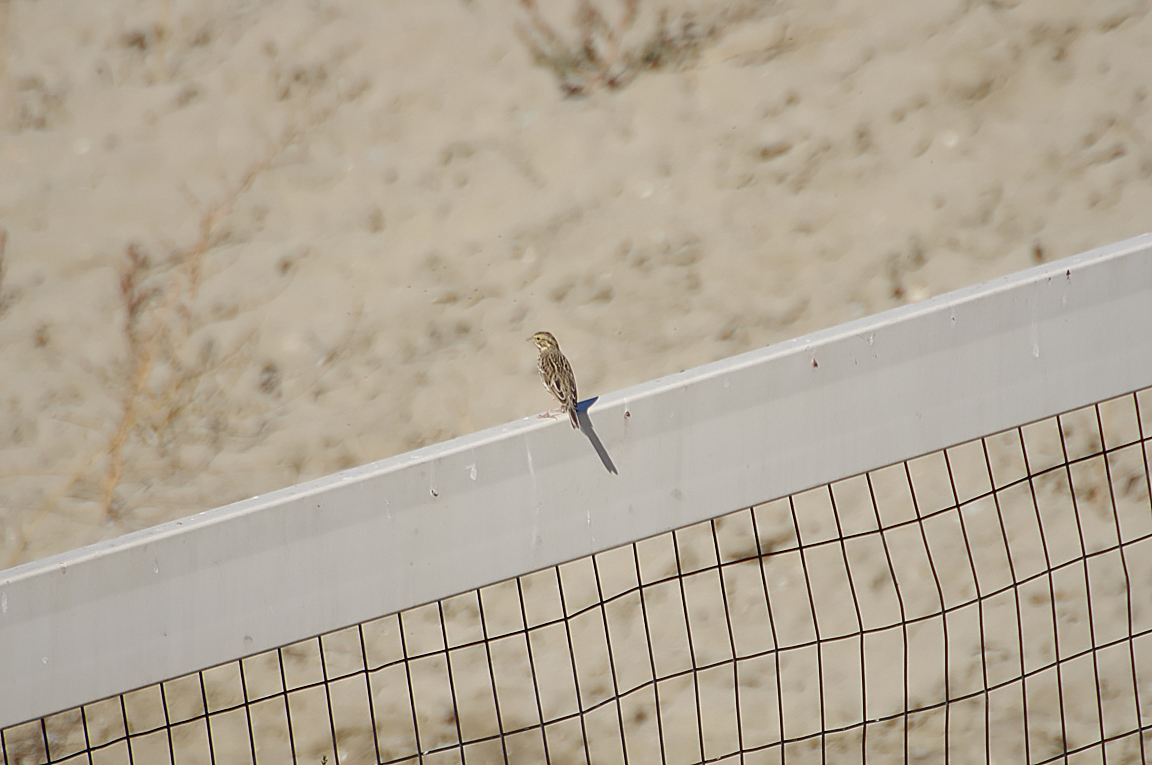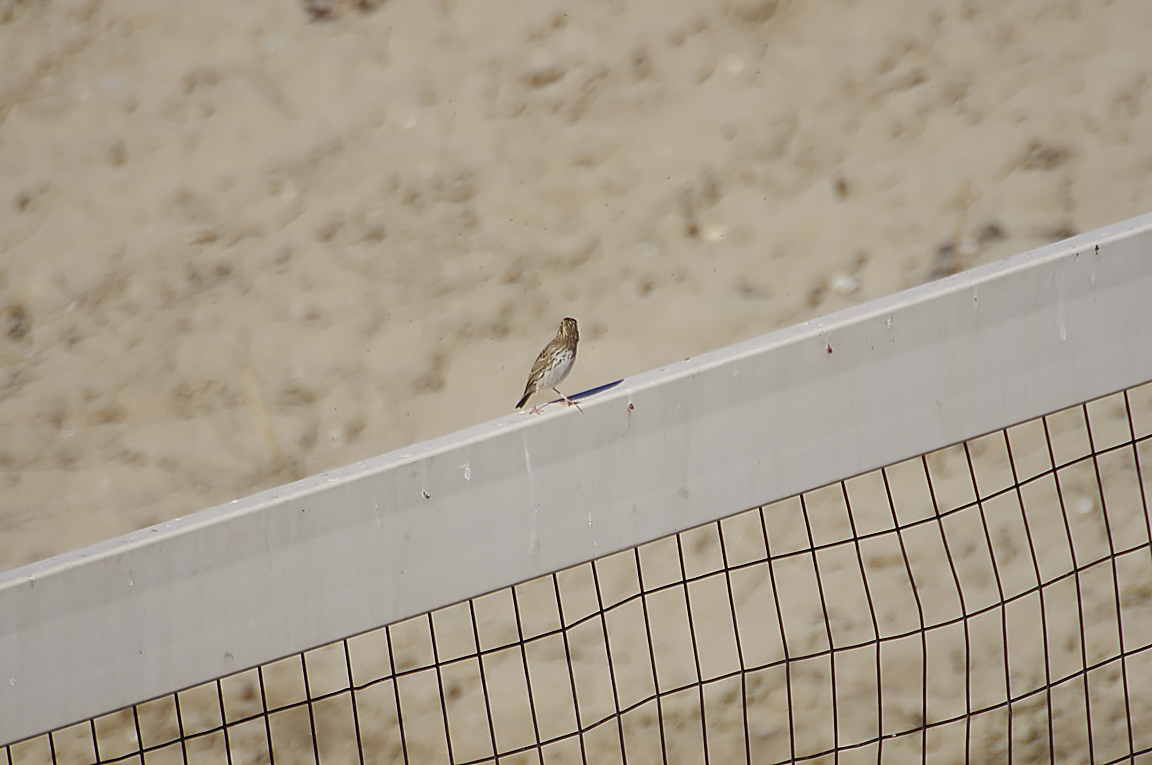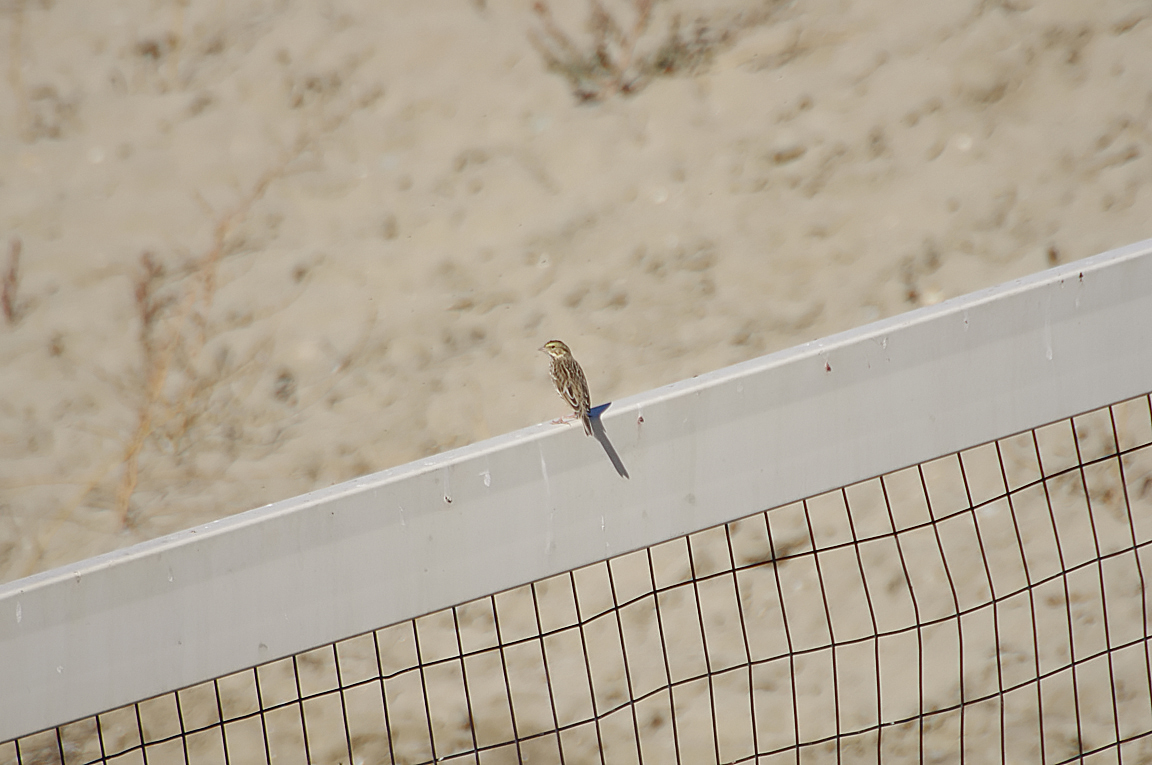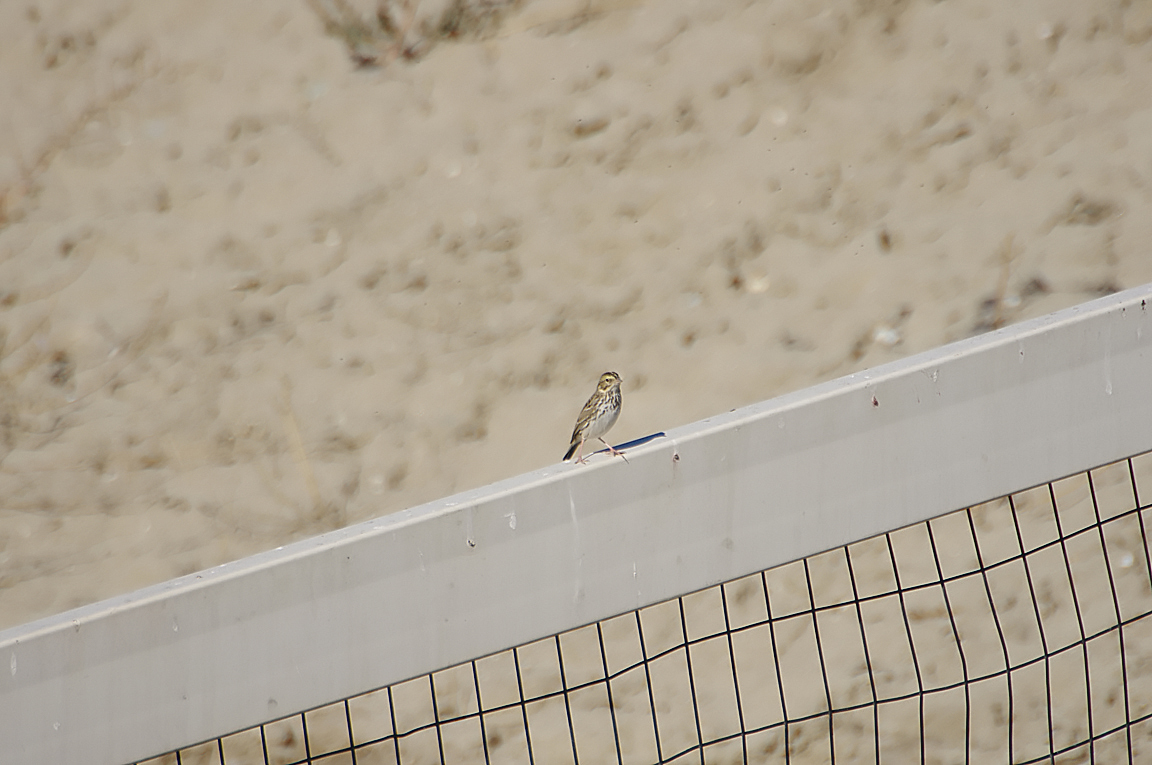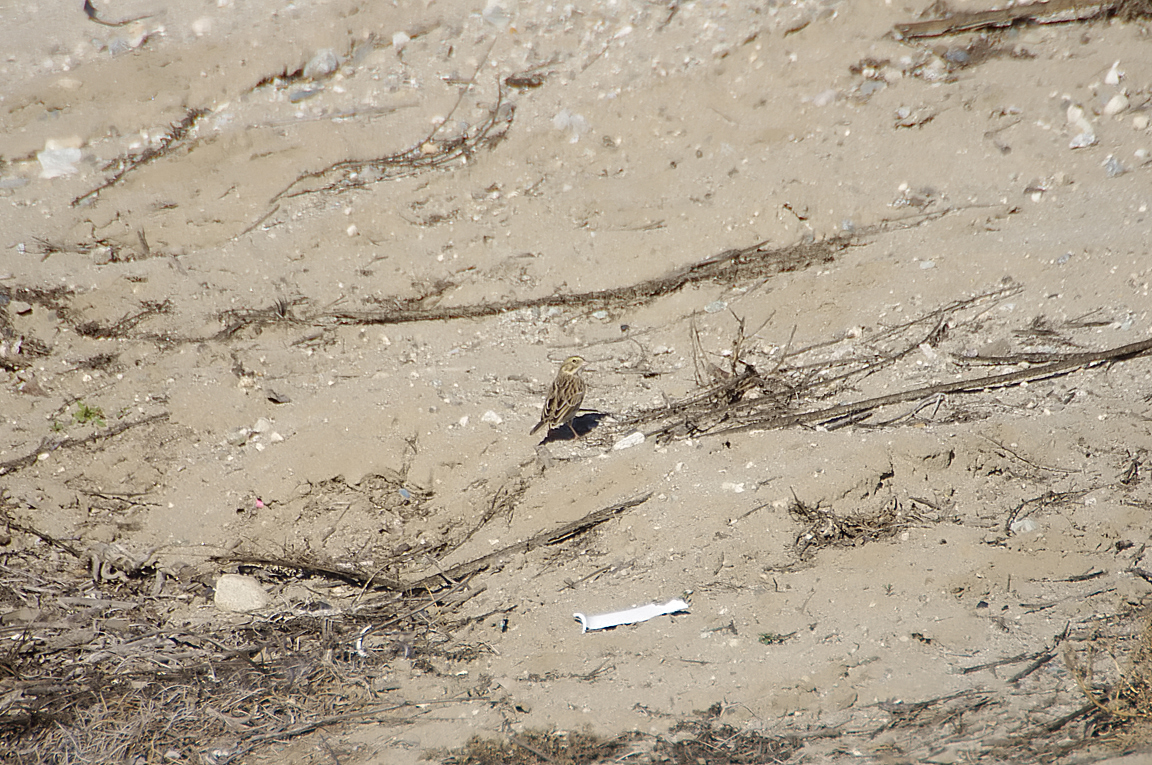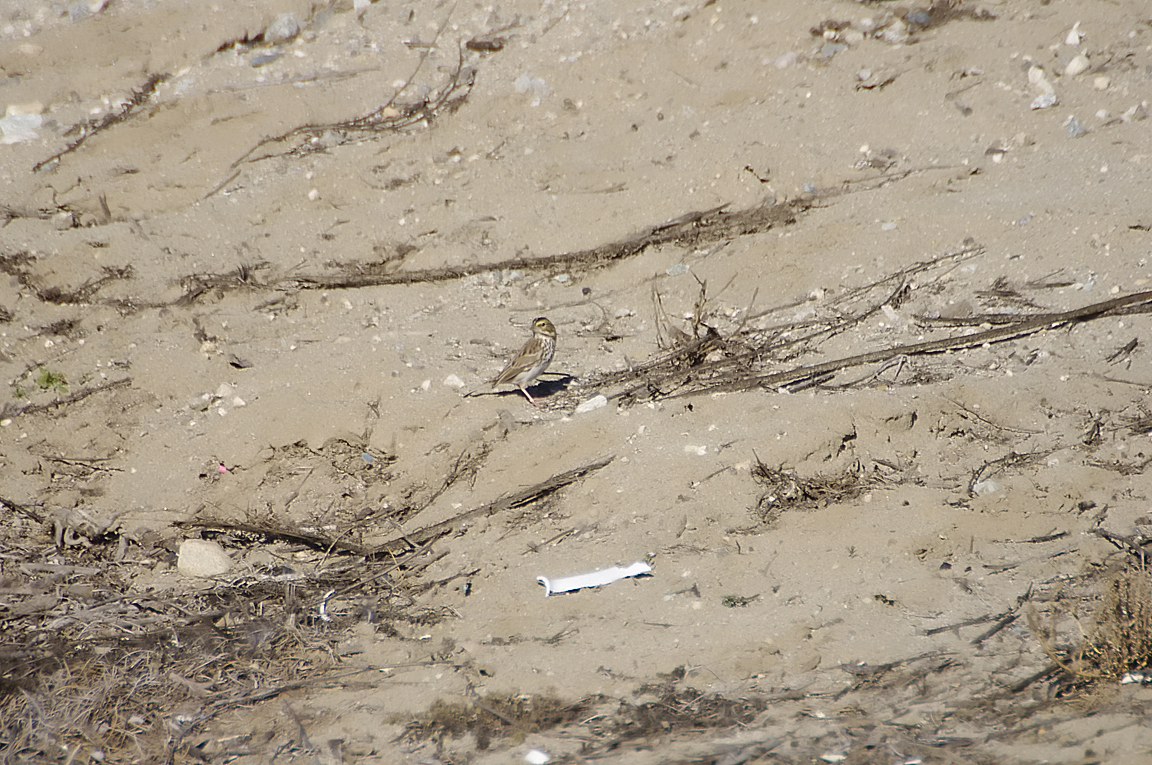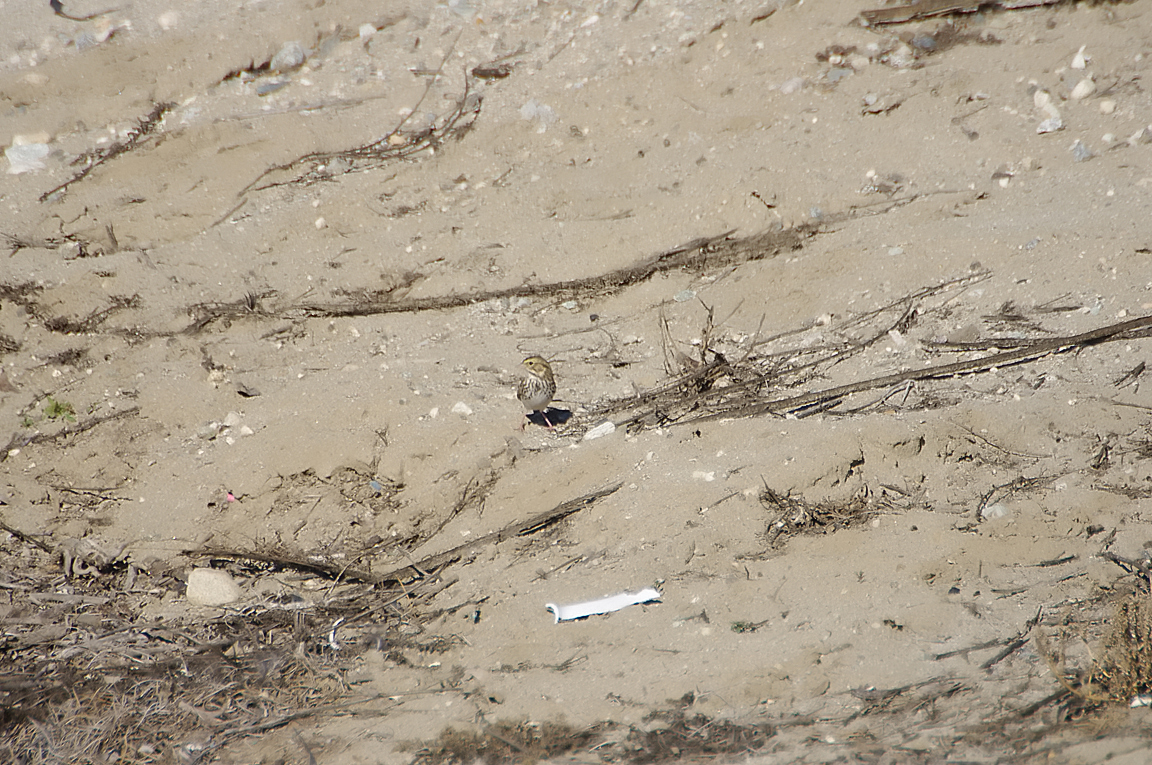|
|
|
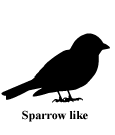 |
Savannah Sparrow
|
| Passerculus sandwichensis | |
From meadows to marshland, and from temperate coastlines to tundra, the Savannah Sparrow is found in various open habitats throughout much of North America. It varies widely across its range, with 17 recognized subspecies.
Interesting Information
-
The "Ipswich Savannah Sparrow," a subspecies that breeds on Sable Island, Nova Scotia, is nearly 50 percent heavier than most other Savannah Sparrow subspecies. It is the palest race, and is found in winter in sand dunes along the Atlantic Coast. It was formerly considered a separate species.
-
In many parts of the species' range, especially in coastal areas and islands, Savannah Sparrows tend very strongly to return each year to the area where they hatched. This tendency, called natal philopatry, is the driving force for differentiation of numerous Savannah Sparrow subspecies.
-
Of the 17 recognized subspecies, 6 are resident or partially migratory in salt marshes in California and Mexico.
-
It is named after Savannah, Georgia, where one of the first specimens of this bird was collected.
-
A group of sparrows has many collective nouns, including a "crew", "flutter", "meinie", "quarrel", and "ubiquity" of sparrows.
Description
Adult Description
Small songbird.
Brown or grayish-brown overall.
Streaking on back, breast, and flanks.
Yellowish eyebrow stripe.
-
Length Range: 13-16 cm (5.25-6.25 in)
-
Weight: 23 g (0.8 oz)
-
Size: Small (5 - 9 in)
Immature
Similar to adult, but buffier and with crown stripe indistinct.
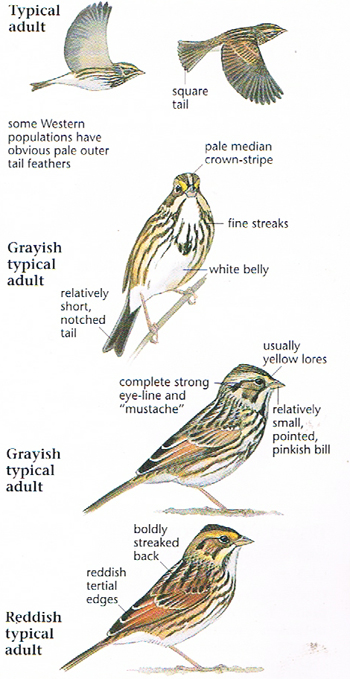
Photo taken from: The Sibley Field Guide by David Allen Sibley
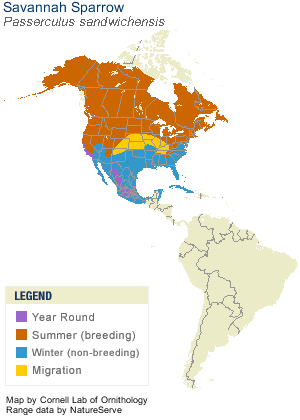
© 2003 Cornell Lab of Ornithology
|
Habitat |
|
Inhabits a wide range of open country, including meadows, agricultural fields, pastures, salt marshes, and tundra.The "Ipswich Savannah Sparrow" is found in all seasons almost exclusively in coastal marram grass communities. |
|
Behavior |
|
Feeds mostly on the ground, generally alone or, during the nonbreeding season, in small flocks. |
|
Food |
|
Insects, insect larvae, and other small arthropods. Also consumes seeds, especially outside the breeding season. |
Taxonomy
| Kingdom: | Animalia |
| Phylum: | Chordata |
| Subphylum: | Vertebrata |
| Class: | Aves |
| Order: | Passeriformes |
| Family: | Emberizidae |
| Genus: | Passerculus |
| Species: | Passerculus sandwichensis |
| Subspecies: | Passerculus sandwichensis beldingi |
| Passerculus sandwichensis guttatus | |
| Passerculus sandwichensis princeps | |
| Passerculus sandwichensis rostratus | |
| Passerculus sandwichensis sanctorum | |
| Passerculus sandwichensis sandwichensis |
Similar Species |
|
|
Bird Sound |
|
Song consists of several short notes followed by two or more high, thin, long buzzes. Various calls include a sharp, high chip and a slow series of repeated notes. |
|
Eggs look like this |
|
Photo taken from: ARCTOS Collaborative Collection Management Solution |
